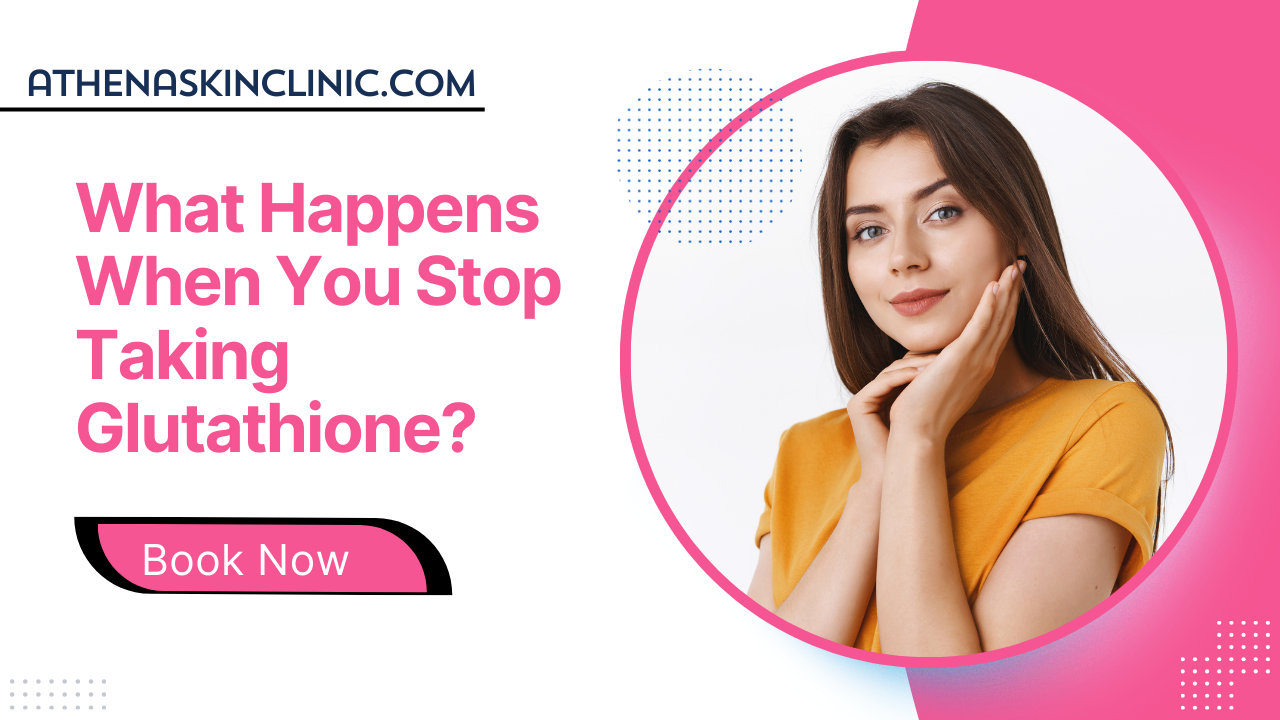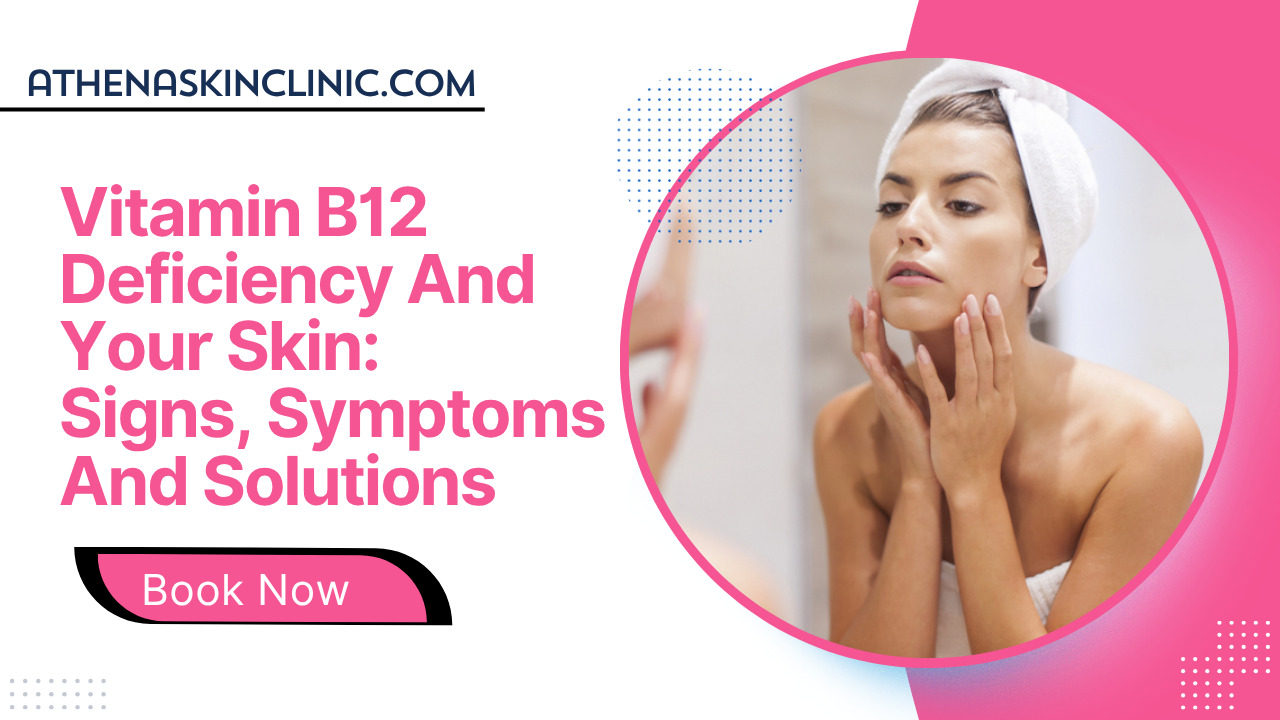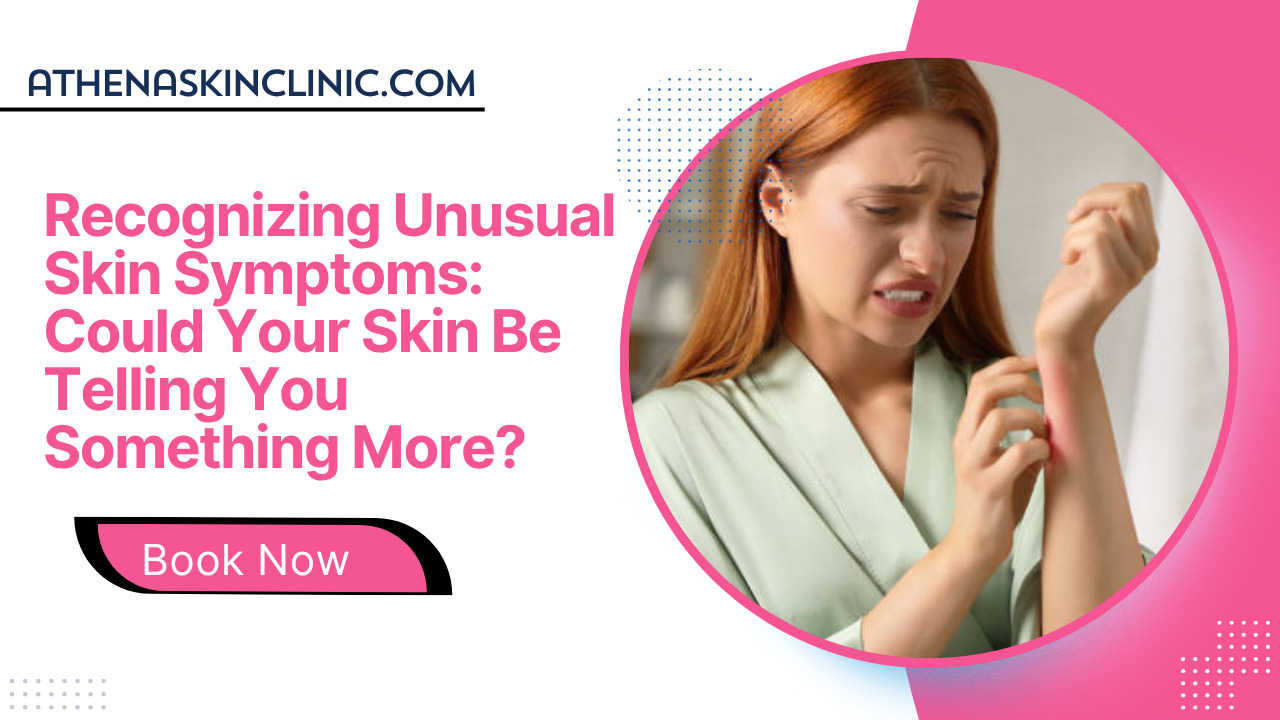
What Will Happen If You Apply Dettol on Pimples?
It’s not uncommon for people to reach for Dettol or other antiseptics when dealing with skin breakouts. Since Dettol is known for “killing 99.9% of germs,” many assume it can also help “kill” the bacteria that cause pimples. However, while that logic may sound practical, using Dettol on pimples is unsafe and can seriously damage








